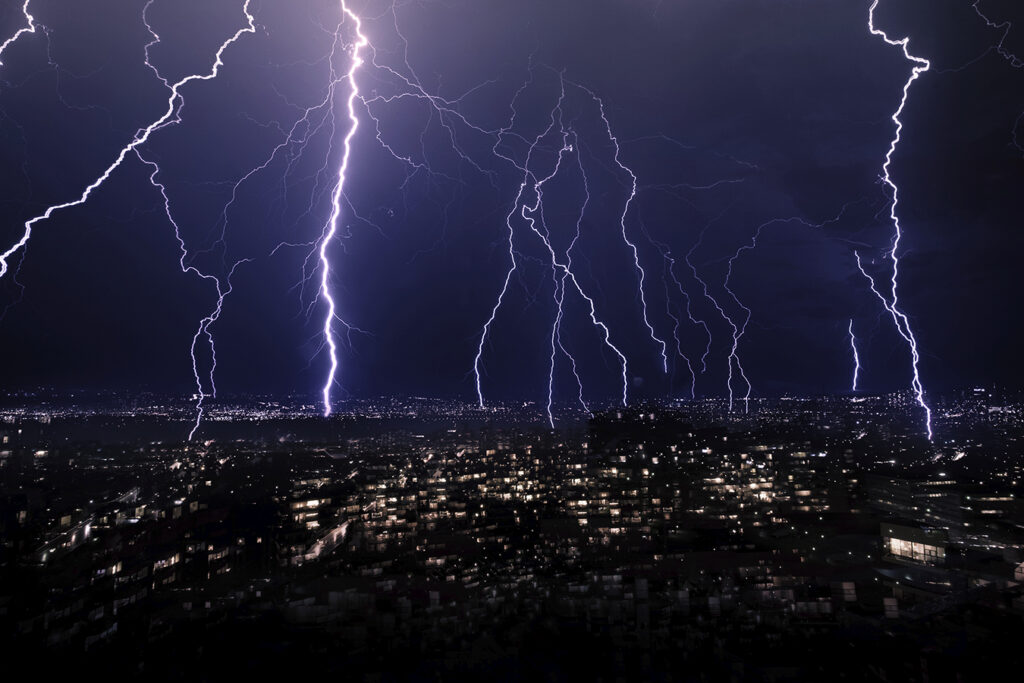Industrial Lightning Protection is an industry that was born out of necessity. As advancements in sensitive electronic components capable of being damaged by even slight fluctuations in electrical current have grown, the necessity to protect that equipment from electrical surges has become more crucial. Because of the expense and more mission critical nature of electronic equipment being installed in industrial applications, advances in electrical protection became necessary.
In telecommunications, mobile networks are a leading factor driving the need to install more and more powerful industrial lighting protection devices. Since cell towers are now being installed all over the world with more elaborate and expensive equipment, gone into more remote locations and gotten considerably taller, they are more susceptible to damage from lightning surges. As the demand for faster data transfer, more reliable service and expanded coverage areas increased, the necessity to keep up with demand by installing more powerful equipment into the cell sites was identified. Of course, this increased expense was difficult for many carriers, and the need to protect and prolong the lifespans of the equipment itself became more necessary. Within these structures (which are natural attractants for lightning simply due to their height and locations) the equipment expense of the RRH and BSU has increased significantly due to the added capacities and new networks being demanded by customers. With the advent of the cellular phone becoming the computer of choice and the connection to the internet for many users, the necessity to significantly increase data transfer rates skyrocketed. Strikesorb technology from Raycap was created to provide a level of protection from lightning produced surges that was commensurate with the levels of equipment necessary to keep the network online and functioning. The Strikesorb product technology is superior to competing products due to its more robust nature and its ability to continue to function even after numerous surge events.
In addition to cellular sites, any industrial application that is required to be kept online 24/7 through advanced electronics will require lightning protection. The circuitry within these types of installations will be degraded or destroyed by surges produced by lightning strikes to the structures, coupled strikes through which the surge enters the connected lines, or by strikes to the lines themselves even miles away. It is necessary to continue to provide protection at all times to these types of installations in order to avoid equipment repair and replacement costs as well as the costs associated with the shutdown of the operations and customer dissatisfaction.
Enclosed data networks are also at risk for surge related damage to the data lines, so installation of industrial lightning protection within these areas is also highly suggested. Without adequate protection, customer loss due to frustration during outages as well as the standard concerns of equipment costs is in play. With these types of installations as with the others discussed, the installation of multiple, redundant products designed to combat the effects of surges produced by lightning and switching errors is no longer an option, it is a necessity.

